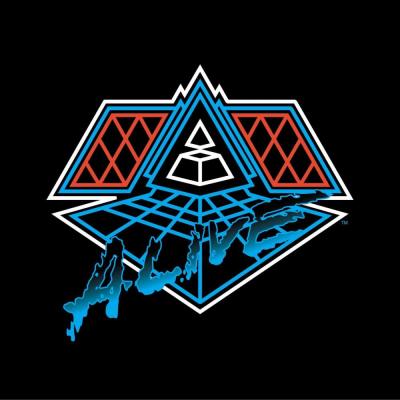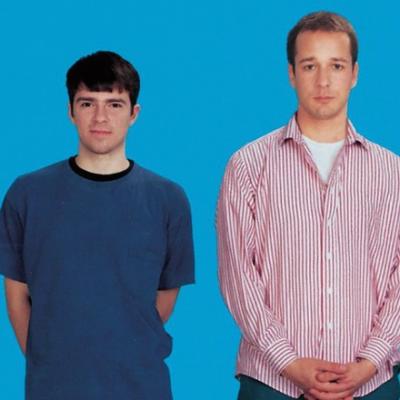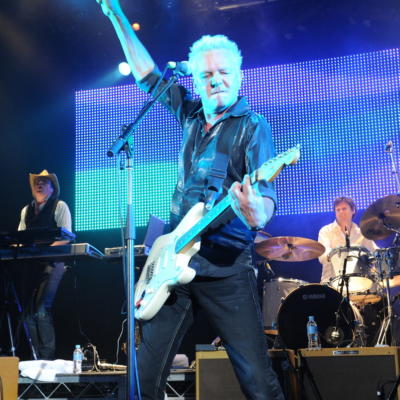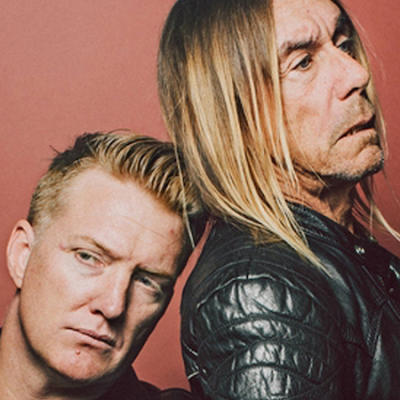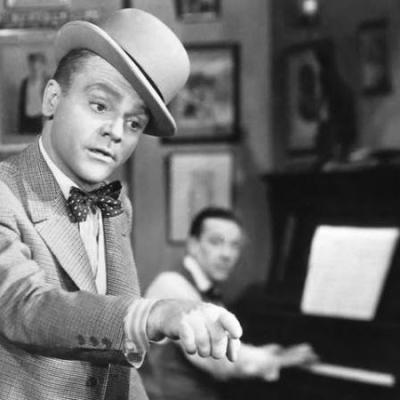Meet Me In The Bathroom tells the story of New York City post-punk indie bands between 1999-2004. The characters are the bands themselves: Interpol, LCD Soundsystem, Liars, The Moldy Peaches, The Rapture, The Strokes, TV on the Radio and Yeah Yeah Yeahs. Directors Dylan Southern and Will Lovelace have good music doco form. Blur: No Distance Left to Run and Shut Up and Play the Hits received critical acclaim. So too did Lizzy Goodman’s opus “Meet me in the bathroom: Rebirth and Rock and Roll in New York City 2002-2011”. The Strokes fans will immediately recognise the title as a song from their difficult second album. After doing the rounds of film festivals, the film will receive general release this week.
If you are not a fan of music documentaries or the bands featured, do read on. The film shines as a cultural history of a particular liminal moment in American history. A study of the generational malaise arising from technological, social, and economic change. Part ‘access all areas’, part coming of age. Grappling with friendship, fame, mental health, drugs, creativity, success, and disappointment. Yes, there is a heavy dose of noughties nostalgia, but you don’t need to have been there to get something from this film.
The film opens and closes with extracts from two Walt Whitman (1819-1892) poems. Loving Strangers in the City and Give Me the Splendid Silent Sun. Whitman is an influential American poet, humanist and champion of democracy. His output was wide-ranging, concerns modern, and he remains relevant. Look up his work on the role of creative expression in response to political and military events. The poems chosen for this film are homages to New York City and a testament to its resilience.
Each generation feels the creative pull of New York City and then each generation writes it off. In 1999, The Moldy Peaches lament that NYC has lost its eclectic edge and no longer produces iconic bands. Y2K catastrophisers and preppers fill the airways with negativity. As anxious New Yorkers fill Time Square on New Year’s Eve, Bill Clinton asks “what will the story of the 21st century be?” Enter Julian Casablancas from The Strokes and Karen O from the Yeah Yeah Yeahs. Creative scenes develop around the core bands. 2000 New York City is back at the centre of the rock universe.
September 11, 2001 changes everything. 22 years on the footage still packs an emotional punch and the fragility palpable. Footage of Paul Banks from Interpol at ground zero is particularly poignant. “NYC’s Like a Graveyard” sing The Moldy Peaches in a folky lament. Fear and anxiety blanket New York. Many musicians cross the river to Brooklyn to escape the claustrophobia. The Yeah Yeah Yeahs, TV on the Radio and Liars lead the emerging DIY scene. By the time of the 9/11 anniversary, The Strokes have world-wide fame thrusted upon them. The bands are touring internationally, ready or not. Back in Manhattan, James Murphy and Tim Goldsworthy form DFA Records. They produce albums for David Homes and The Rapture. Unable to get a distribution deal, The Rapture leave. Out of frustration, Murphy forms LCD Soundsystem.
It is not smooth sailing for any of the bands 2002-2004. It is fascinating to watch their struggles as they lose their innocence. They confront personal challenges, the impacts of changing technology, social, economic and politics. Are they in it for a good time, to make good music or the fame or the commercial success? After our recent liminal moment, we might be asking ourselves the same questions.
The research team has assembled remarkable archival footage. This lets the band members tell their own stories. Unlike other music documentaries, it does not include celebrity vox pops. Much of the footage came from the personal archives of the musicians, venue bookers, managers, and punters in the room at the time. This doesn’t seem so remarkable until you remember this was before smart phones and social media. Shaky, lo-fi video camera footage and photography give the film immediacy and authenticity. Kudos to editors, Andrew Cross and Sam Rice-Edward. Editing this treasure trove into a cohesive film is no small task. I hope they enough material and energy for a sequel 2005 onwards!
It is a treat to see so much early live footage from the venues and events that supported the bands. A key enabler was having somewhere to play and practice their craft. The Antifolk Festival, Bowery Ballroom, Coachella, Don’s Hill, John Street Bar and Grill, KCRW, Maxwells, Mercury Lounge, Outdoor Garage, Sidewalk Café, Southpaw, Rocket Bar, and Webster Hall played a huge role. Hello, policy makers are you listening?
Many of the bands featured in the documentary have toured in recent years or are touring 2023/2024. At the gigs I attended the audiences split equally between OG and young fans. They play on and remain relevant. We were all gutted when Yeah Yeah Yeahs had to cancel in 2022. Until they can tour again, we have Meet Me In The Bathroom. From 10 March at the Golden Age Cinema, Dendy Newtown, and Palace Cinemas. See you there music fans, cultural historians, and policy makers.
